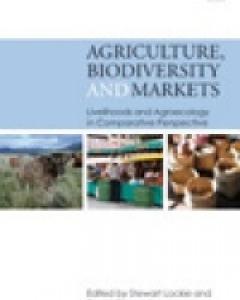
Abstract
This book explores relationships between the exploitation and conservation of agricultural biodiversity and the livelihoods of agricultural communities. It evaluates the capacity of national and multilateral institutions and policy settings to support the protection and capture by communities of agrobiodiversity values. The book takes a comparative approach, drawing on empirical case studies from across the developed and developing worlds. In doing so, the book does not simply point to similarities and differences in the experience of rural communities. It also shows how global trade and multilateral institutions bring these otherwise disparate communities together in networks that exploit and/or preserve agrobiodiversity and other resources.